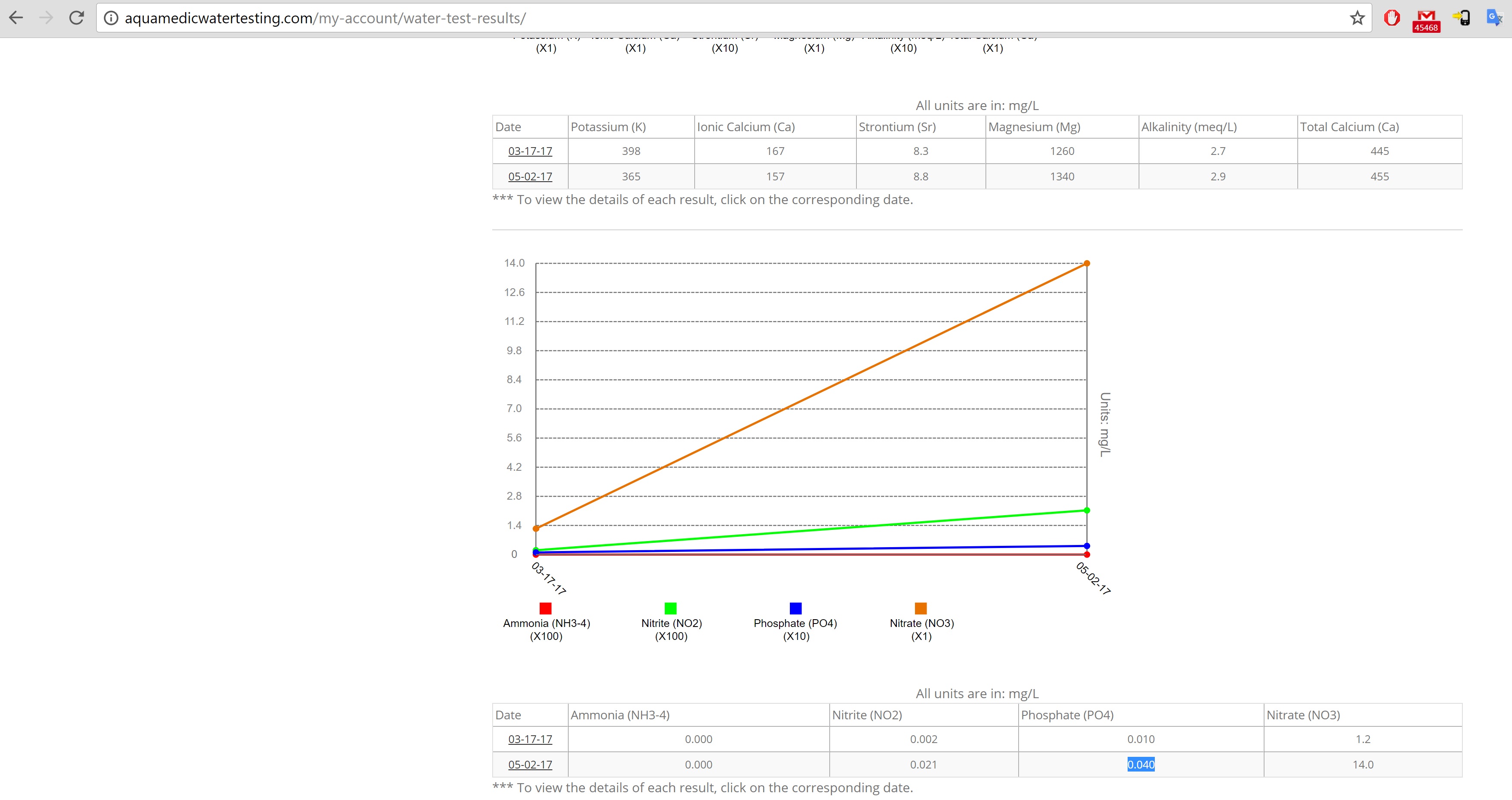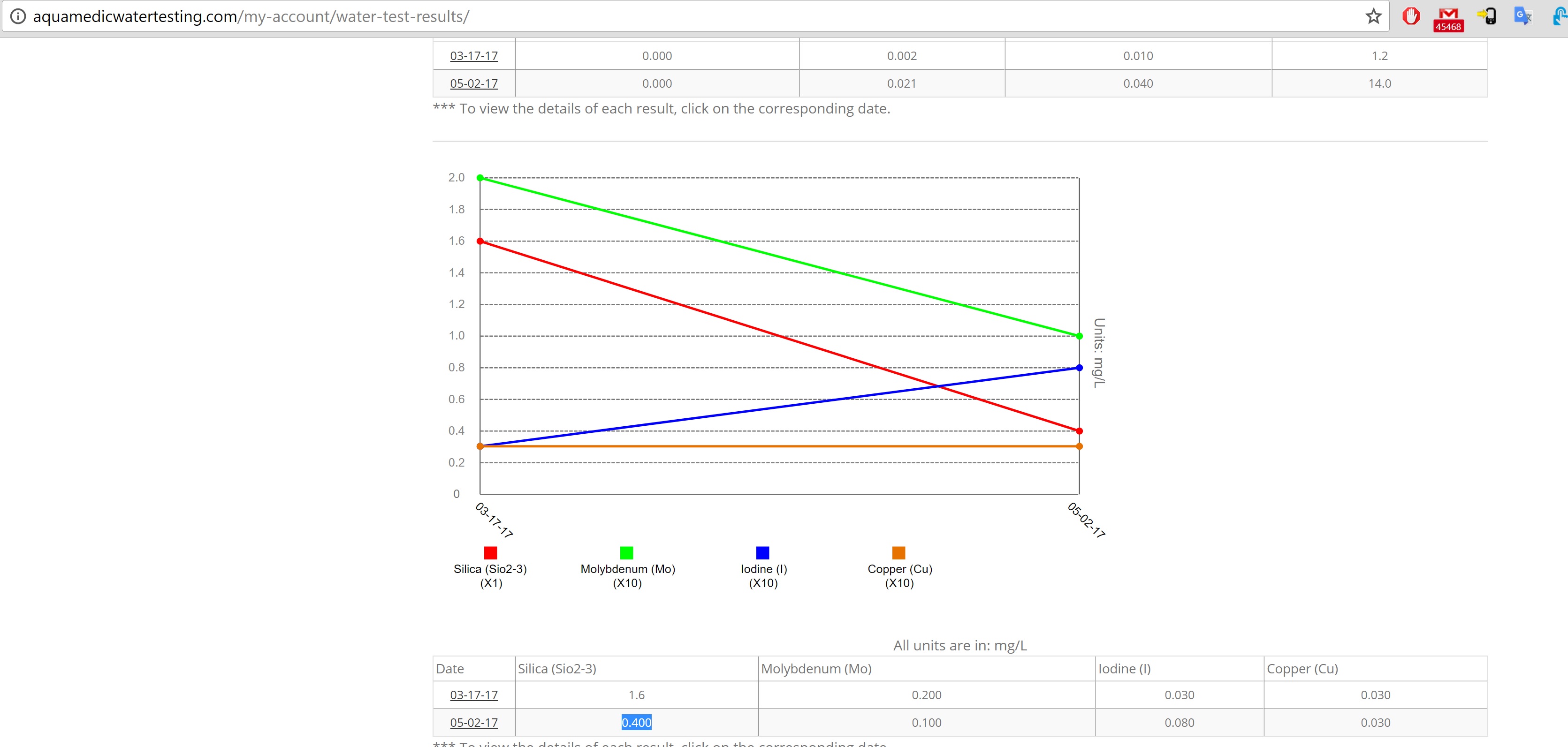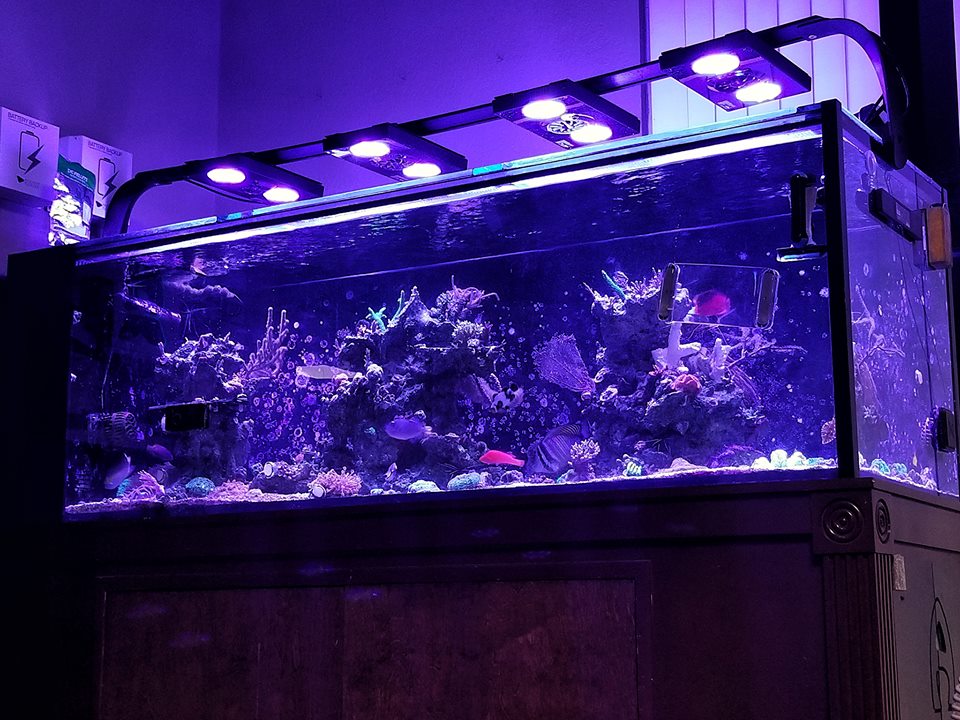Cloudy water in your reef tank?
Does your water get hazy randomly or after water changes? What causes it? Is it bad for your fish or corals?

Don’t panic. It happens to the best of us. Read on.
I was having a lengthy discussion with a friend who I respect greatly for his knowledge of and his passion towards the hobby, Orlando Salazaar of Aqua Medic USA, because I am currently going through this; we decided to compare notes and see how I should address this matter. I wanted to share with you guys what we talked about, in case you are going through the same issue, or in case you go through this in future.
To get straight to the point, it is bacterial bloom and in my opinion, unless it gets too severe and left untreated for a long period of time, it usually doesn’t affect your livestock. What do you think Orlando?
Orlando : In my opinion any type of unbalance in the aquarium can be harmful. As to exactly how bacterial blooms can be harmful to fish and corals is unknown to myself. However I have an inkling that it can be harmful in the same manner cyanobacteria can be harmful to fish and coral. I also know in aquariums with a bacterial bloom, fish act skittish and uncharacteristic.
Why or how does bacterial blooms occur?
Orlando : So I’m from the old school and believe that silicates and phosphates cause bacterial blooms and I believe silicates come from a variety of different sources in small amounts: fish food frozen and dry supplements and water treatment additives sand rock salt mixes and source water despite and rodi some even speculate silicone sealant glass and acrylic but I don’t know about those personally oh and decorations
Some of the highest silica and phosphate results I’ve ever sent was from a new system that only contained florida live rock
And of course inverts both sessile and mobile …when they die they add silicates back to the system but in untraceable amounts I’m sure but it still adds.
Let’s talk about how to properly address this, combat it and defeat it!
So Orlando, let’s talk about these bacterial blooms. What they like, what to do to remove them.
Orlando : Ok, so I know bacterial blooms love nutrients and love silicates and phosphates and even respond to lighting by blooming, right now the UV is a crutch to keep the bacterial bloom at bay what we want to do is have the tank have no bacterial bloom with no UV. So first check for silicate and phosphate levels in your tank.


Water testing done from Aquarium Water Testing.
With heavy presence of bacterial blooms, it’s possible to think/assume that you will get false positive readings on these nutrient levels.
So if it was my tank I would (In parenthesis are my comments)
1. Decrease feedings (I’m guilty of heavy feeding)
2. Increase water changes (45-50% total volume in one month)
3. Decrease photoperiod (12hrs currently including the actinic times)
4. Slowly ramp up the UV (watching the temperature, it’s on 14 hrs a day controlled by apex controller).
5. Reduce phosphates and silicates via media (already using high grade carbon and gfo and have low readings of silicate via lab tests 0.03 P04 readings.
6. Increase filtration mechanical biological and chemical
And to combat this,
1. I have turned on my UV 24 hours a day (this usually fixes it)
2. Increased amount of gallons on my water change regimens
3. Started to use more of high grade activated carbon and GFO (Two Little Fishies Hydrocarbon 2 Granulated Activated Carbon and Phosban as well as my usual Chemipure Blue to remove silicates and phosphate).
4. Much to my displeasure (I’m sure my fish will agree with me), reduce the amount of feeding in my tank
5. Leave the UV on 24 hours a day having it on strict temperature controlled environment provided from apex controller.
6. Decrease the amount of light hours.
7. Worst case scenario, if it doesn’t go away in 48 hrs, I will dose more bacteria (Turbo start 900 and Monster 460 from Fritz Aquatics) in the water to add more nitrifying, heterotrophic and anaerobic bacteria to consume what is fueling the negative bacteria.

Well there you go guys. After applying the methods, tank returned to it’s normal, crystal clear water. I hope this was informational and hope it helps. Happy reefing!










Megan Ames
This has never happened to me – ever.
Now watch – ill jinx myself lol!
Activated carbon filters does the trick
Are u use it carbon?
yes, I have used carbon as well.
Ha sorry spell check was suppose to say using carbon. I’m not sure what happened. What kind of salt are u using how long after mixing it up did it go into tank? It could be as easy as running some new carbon. Keep us posted on how things go. I know the synthetic salts need to be used with in 4hrs or they go cloudy. Happened to my buddy’s 150 gal he mixed it up night before did his water change next afternoon took several days to clear up.
hi Tod. No worries. it happens once in awhile. I run UV for 24 hrs straight and it tends to fix all the problems usually. It’s already been addressed but I wanted to blog about it so that people that are new to hobby or to the situation can address it properly. 🙂